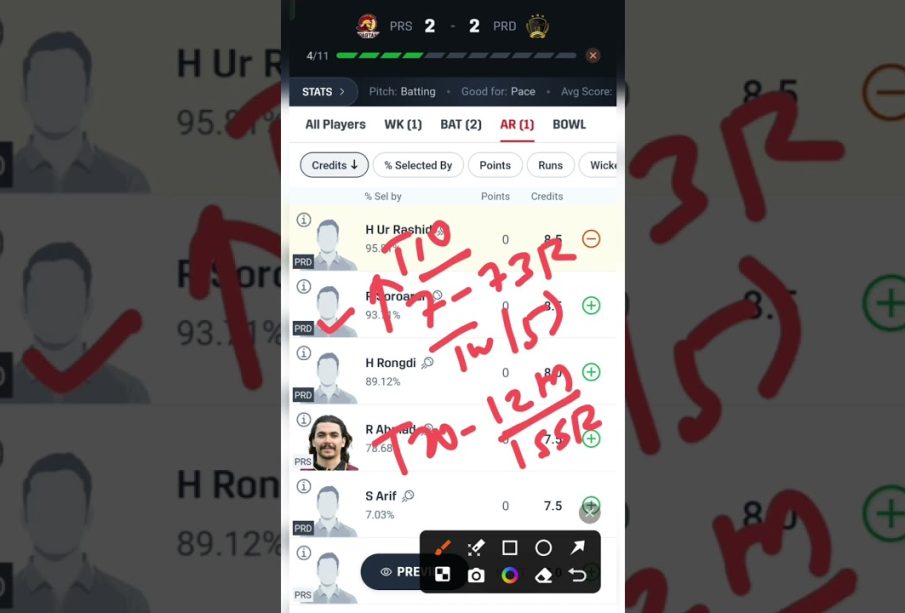Understanding PRS vs PRD: Key Differences Explained

Introduction
In the realm of project management and product development, understanding various frameworks is crucial to ensure success. Among them, PRS (Product Requirements Specification) and PRD (Product Requirement Document) are two pivotal documents that aid teams in defining project objectives and deliverables. This article delves into the importance of PRS and PRD, clarifying their roles and relevances in today’s fast-paced development environment.
What is PRS?
Product Requirements Specification (PRS) is primarily focused on the technical specifications and requirements of a product. It serves as an exhaustive guide detailing what the product should achieve, including features, functions, and performance criteria. PRS is typically used by engineering teams and serves as a critical document for developers in translating ideas into actual deliverables. By outlining precise technical requirements, a PRS ensures that all stakeholders have a clear understanding of what is expected.
What is PRD?
Product Requirement Document (PRD) goes a step further by encompassing not just the technical aspects but also the market, user needs, and business goals associated with a product. It outlines the intended vision of the product, including market analysis, user personas, and anticipated impacts. PRDs are generally more comprehensive and are used to align various departments – including marketing, design, and development – towards shared objectives. They facilitate communication across teams by establishing a cohesive understanding of what the product aims to achieve.
Comparative Analysis: PRS vs PRD
While both PRS and PRD are essential components of product development, they serve distinct but complementary purposes. PRS tends to be more technical and specific, mainly focusing on ‘how’ a product will function and be built. In contrast, PRD embodies a broader scope, aligning strategic business goals and user needs alongside the product’s technical execution.
Key Differences:
- Focus: PRS is technical; PRD integrates business and market perspectives.
- Users: PRS is primarily for developers; PRD is for cross-functional teams.
- Details: PRS details specifications and features; PRD covers product vision and user requirements.
Conclusion
Understanding the differences between PRS and PRD is vital for organizations aiming to achieve clarity and efficiency in their product development processes. While nuances exist between the two, leveraging both effectively can lead to better project outcomes by aligning teams on common goals and technical requirements. As technology and market demands continue to evolve, companies must adapt and refine their approach to product management to remain competitive, ensuring that both PRS and PRD are utilized to their fullest potential.


